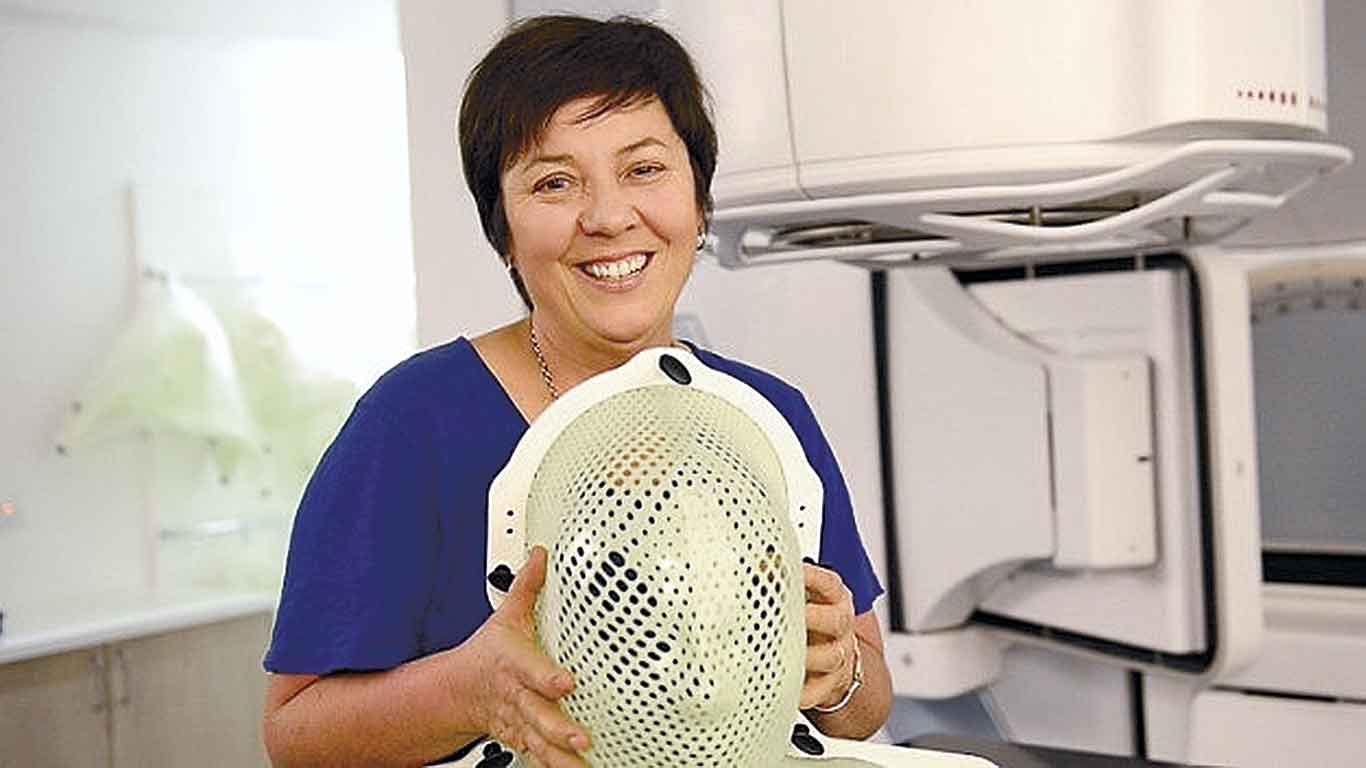Symptoms
Most patients with human papillomavirus (HPV) related oropharyngeal squamous cell carcinoma (HPV +ve OPSCC) will present with a neck lump. These cancers arise in lymphoid/tonsillar tissue and have few if any other symptoms. Patients with this cancer do not look like traditional head and neck cancer patients. They tend to be younger, with many aged in their thirties and forties, and the classic squamous cell carcinoma risk factors of heavy tobacco and alcohol use are often absent.
Risk factors
Strong risk factors for HPV +ve disease include a history of multiple vaginal or oral sexual partners and marijuana use (Moore & Mehta 2015). Perhaps the most important risk factor is oral sexual behaviour, particularly men and women who have oral sex with women. It is important to emphasise that these patients may have no history of smoking and are often under fifty years of age.
There may also be years and sometimes decades between contraction of HPV and the development of HPV +ve OPSCC. General Practitioners need to consider this when taking a patient history. Many patients who present with the disease have been either monogamous or not sexually active for years prior to development of clinical signs and symptoms.
Symptoms
The most common initial symptom is a neck mass. Other symptoms may include or be limited to one of the following; dysphagia (difficulty swallowing), odynophagia (painful swallowing), unexplained otalgia (earache), a globus sensation (often described as ‘a lump in the throat’), haemoptysis (coughing up blood), a visualised mass by the patient. While many of these symptoms are characteristic of more common benign disease processes, persistent symptoms or lack of response to standard treatment warrant immediate
further investigation.

